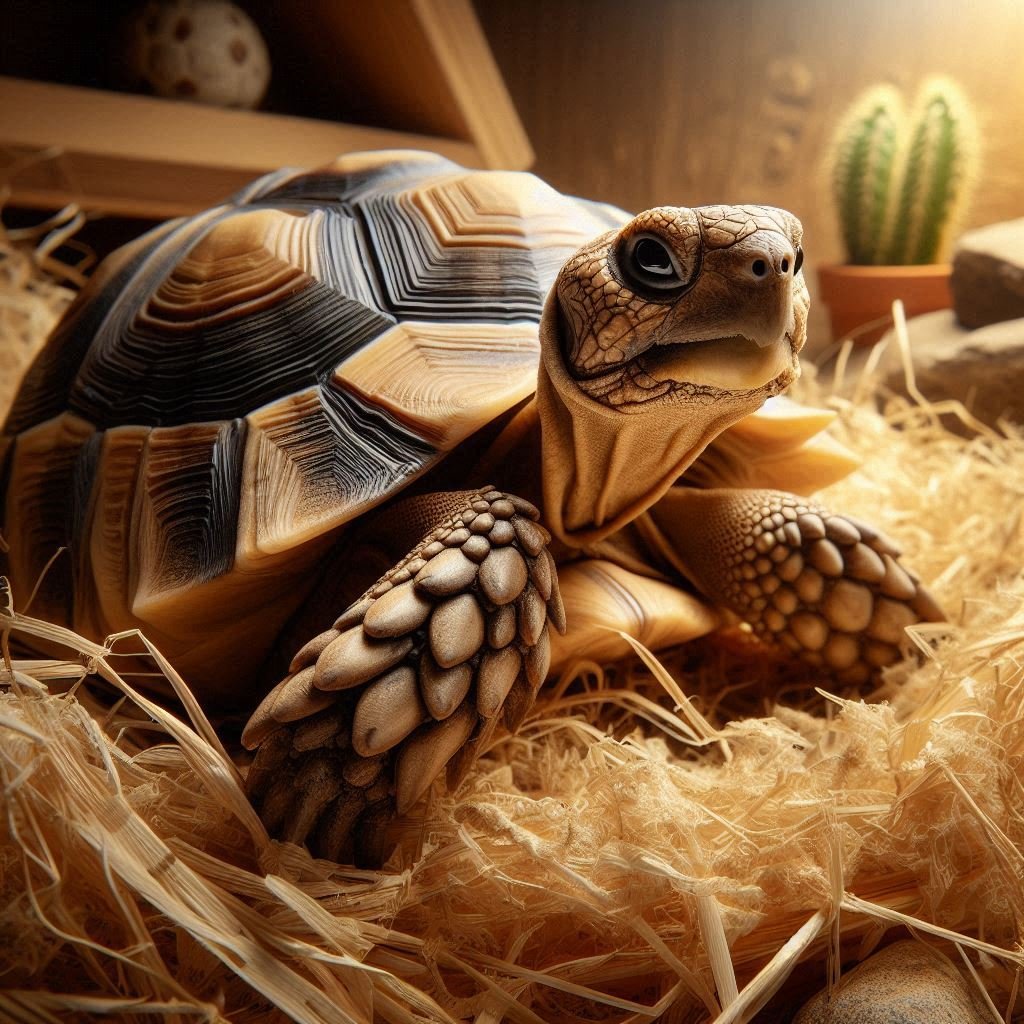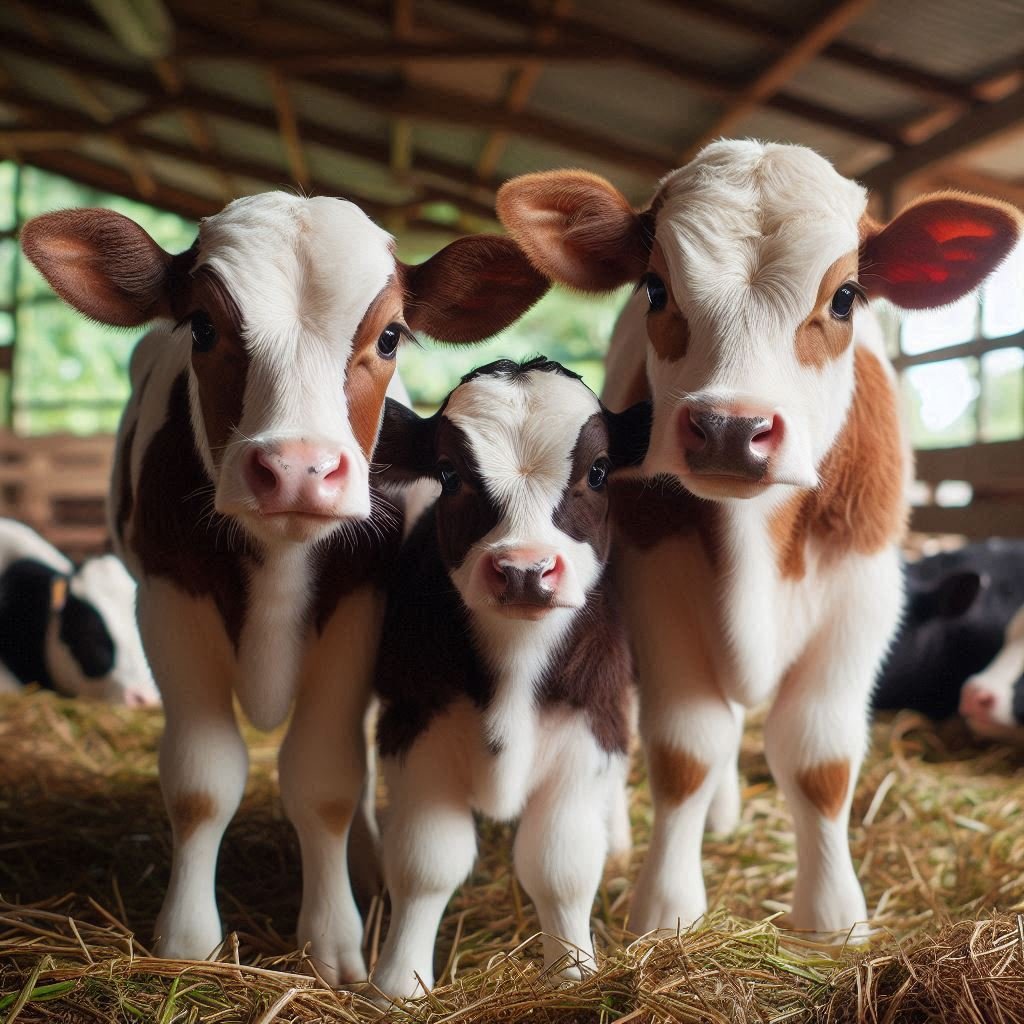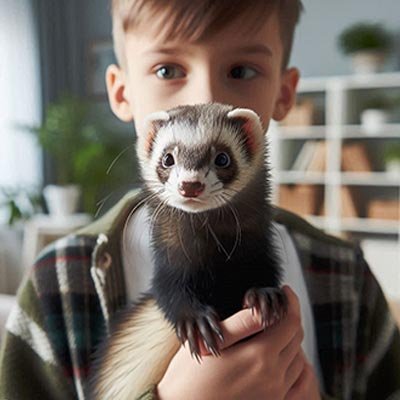Burmese Python

Image from : Image generated with the help of AI tools by Reptile enthusiasts with adequate knowledge about the species.
Burmese Python: Care, Habitat and Feeding Guide
Scientific Name
Python bivittatus
Lifespan
25 to 30 years
Size
8 to 18 feet
Diet
Rabbits or poultry
Annual Cost
$2000 to $4500
Estimated Price
$150 to $500
Last Edited On : 25/11/2024 06:00 PM
Timezone : UTC
All About Burmese Pythons: Appearance, Origin, and Behavior
Burmese pythons (Python bivittatus) are one of the largest snake species in the world. Native to Southeast Asia, they are non-venomous, powerful constrictors that have become popular in the exotic pet trade due to their striking appearance and relatively calm demeanor. Scientifically classified within the family Pythonidae, they are known for their incredible size and fascinating patterns.
Adult Burmese pythons can grow remarkably large. Males typically measure between 8 and 14 feet, while females, often larger, can reach lengths of 12 to 18 feet. Exceptional specimens have been recorded at over 20 feet in length and can weigh up to 200 pounds. Their size, especially the females, reflects their role as apex predators in their natural habitats.
These snakes are renowned for their beautiful patterns, with wild Burmese pythons exhibiting dark brown blotches bordered by black against a light tan or golden background. In captivity, selective breeding has given rise to a variety of genetic color morphs, including albino, granite, and green morphs, which range from common to exceptionally rare and sought after. Albino Burmese pythons, with their yellow and white coloration, are among the most popular.
In the wild, Burmese pythons can live up to 20 years, while those in captivity often surpass this with lifespans reaching 25 to 30 years under proper care. They are characterized by distinct physical features: triangular heads, heat-sensing pits along their upper lips, and robust, muscular bodies. Their eyes are small relative to their size, with vertical pupils that adapt well to low-light conditions.
Burmese pythons originate from tropical and subtropical regions of Southeast Asia, including Myanmar, Thailand, Vietnam, and parts of Indonesia. They thrive in marshy areas, dense forests, grasslands, and even mangroves, preferring environments with abundant water sources. Their natural behavior includes ambush hunting, and in cooler climates, they can exhibit a form of dormancy similar to hibernation during colder months.
Skin shedding is a vital process for Burmese pythons, facilitating growth and removing parasites. Healthy snakes shed every 4-6 weeks, with the process beginning with duller coloration and cloudy eyes. A single intact piece of shed skin is a sign of good health. In captivity, breeding them is relatively straightforward for experienced keepers, requiring proper environmental cues, temperature drops, and adequate space.
Advertisement
Burmese Python Care Guide and Common Health Problems
Caring for a Burmese python requires attention to detail, especially when it comes to their health. Common health problems include respiratory infections, mouth rot (infectious stomatitis), and scale rot caused by improper humidity or unsanitary conditions. Parasites, both internal and external, can also pose threats, particularly in wild-caught specimens.
Symptoms to watch for include wheezing or bubbling sounds (indicative of respiratory issues), inflamed gums, and discolored or blistered scales. Quarantining new additions for 30-60 days minimizes the risk of introducing diseases to an established collection. Maintaining optimal hygiene, temperature, and humidity levels is critical for prevention.
Grooming a Burmese python involves regular tank cleaning, maintaining their shedding cycle by providing rough surfaces for rubbing, and soaking if necessary. Costs vary widely: initial expenses for enclosures, heating equipment, and decor can range from $300 to $1,000, while monthly costs for feeding, substrate, and electricity might total $50 to $100. Annual veterinary checkups can add another $100 to $300. High-quality grooming products, like Zoo Med’s Repti Shedding Aid and Exo Terra’s Substrates, are widely available online through platforms like Amazon.

Image from : Image generated with the help of AI tools by Reptile enthusiasts with adequate knowledge about the species.
What Do Burmese Pythons Eat?
Burmese pythons are carnivorous, feeding on a diet of appropriately sized prey. Hatchlings typically start with small rodents, while adults require larger prey like rabbits or poultry. Feeding frequency varies with age; juveniles may eat weekly, while adults are fed every 2-3 weeks depending on their size and metabolism.
Always inspect the quality of food. Live prey should be healthy and free of parasites, while frozen-thawed options must be completely thawed and warmed. Feeding them inside their enclosure minimizes stress, but using tongs reduces the risk of accidental bites. If a python refuses food, offering prey of a different type or scenting it with another animal may encourage feeding.
Clean, chlorine-free water is essential for hydration and soaking. Calcium and multivitamin supplements, especially for growing pythons, support overall health. Occasional treats like quail or fish add variety but should not replace their staple diet.
Advertisement
Burmese Python Habitat Setup Guide
Creating a proper habitat for a Burmese python begins with the enclosure size. Juveniles thrive in tanks as small as 40 gallons, but adults require enclosures of at least 6 to 8 feet in length to accommodate their size and activity. Custom-built enclosures are often the best option for adult specimens.
The substrate should be easy to clean and maintain. Cypress mulch, aspen bedding, or even newspaper works well. The habitat must include hiding spots, climbing branches, and a soaking area. These elements simulate their natural environment and provide enrichment.
Maintaining proper temperatures is crucial, with a basking area of 88-92°F and a cooler side of 78-80°F. Using thermostatically controlled heating pads, ceramic heaters, or radiant heat panels ensures consistency. Reputable brands like Zoo Med and Exo Terra offer reliable heating solutions. Humidity should be maintained between 50-70% to support healthy shedding and respiratory health.
The enclosure must be secure to prevent escapes. Heavy lids or lockable sliding glass doors are essential. Avoid sharp objects, toxic plants, or other hazards inside the tank. Clean the habitat regularly to prevent bacterial growth, and ensure food and water dishes are sanitized.
Simulating their wild environment is possible by adding features like large water basins, varied textures, and naturalistic hides. For breeding pairs, additional space and careful monitoring prevent aggression. Toys and climbing enrichment keep them mentally stimulated and physically active.

Image from : Image generated with the help of AI tools by Reptile enthusiasts with adequate knowledge about the species.
Are Burmese Pythons Good As Pets?
Burmese pythons can make rewarding pets for experienced keepers due to their docile nature and stunning appearance. However, their massive size and specific care requirements demand commitment. They are popular in the reptile community but not suitable for everyone.
They are not interactive in the traditional sense but can become accustomed to gentle handling. Handling sessions should be brief and calm to avoid stress. Always wash hands before and after handling to prevent the spread of bacteria like Salmonella.
Free-roaming in the house is not recommended, as it poses risks to both the snake and the household. Burmese pythons are generally not suitable for households with small children or other pets due to their size and strength. Housing them with other species is ill-advised, as they are solitary and territorial.
Advertisement
How to Choose a Burmese python?
Choosing a Burmese python requires careful consideration. Look for clear eyes, healthy skin, and a well-fed body. Red flags include mites, respiratory distress, or lethargy. Captive-bred pythons are preferred over wild-caught ones due to their acclimatization to captivity and reduced disease risk.
Ensure any legal paperwork, such as permits or certificates of origin, is in order, particularly in states with restrictions. The ideal age for adoption is 6-12 months, as these pythons are more adaptable at this stage. Prices vary; in the U.S., juveniles cost $150-$500, while rare morphs can exceed $5,000. Availability in countries like Canada, Japan, and India depends on local regulations, with prices reflecting their rarity.












No comments posted yet !